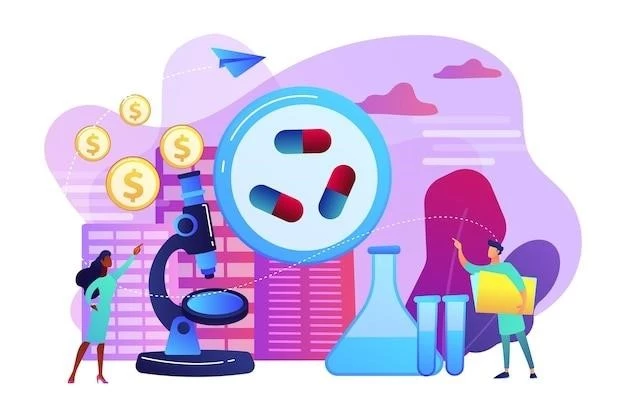Understanding Adrenomyodystrophy

Causes of Adrenomyodystrophy
Adrenomyodystrophy is primarily caused by genetic mutations in the ABCD1 gene, affecting the breakdown of certain fatty acids․ These mutations lead to the accumulation of very-long-chain fatty acids, which can damage the nervous system, adrenal glands, and muscles․ The condition is inherited in an X-linked pattern, primarily affecting males․ In rare cases, it can occur due to a spontaneous mutation․
Symptoms and Diagnosis of Adrenomyodystrophy
The symptoms of adrenomyodystrophy can vary widely but may include muscle stiffness, weakness, vision problems, adrenal insufficiency, and cognitive decline․ Diagnosis involves genetic testing to confirm mutations in the ABCD1 gene and assessing very-long-chain fatty acid levels․ Imaging studies like MRI can reveal changes in the brain․ Early diagnosis is crucial to manage symptoms effectively and delay disease progression․
Treatment Options for Adrenomyodystrophy
Currently, there is no cure for adrenomyodystrophy, but treatment aims to manage symptoms and slow disease progression․ This may include medications to manage adrenal insufficiency and muscle symptoms, physical therapy to maintain mobility, and dietary modifications․ Gene therapy research is ongoing to explore potential future treatment options․ A multidisciplinary approach involving neurologists, endocrinologists, and physical therapists is essential in managing this complex condition․
Prognosis and Life Expectancy in Adrenomyodystrophy
The prognosis for individuals with adrenomyodystrophy varies depending on disease severity and management․ Early diagnosis and proactive treatment can help improve quality of life and potentially prolong lifespan․ However, the progression of the disease can lead to significant disability and complications․ Life expectancy is typically reduced in individuals with severe forms of the condition, highlighting the importance of ongoing medical care, symptom management, and support for both patients and their families․
Research Advances in Adrenomyodystrophy
Ongoing research in adrenomyodystrophy is focused on developing new treatment approaches, including gene therapy and stem cell transplantation․ Scientists are also investigating potential biomarkers for early diagnosis and monitoring disease progression․ Collaborative efforts among researchers, clinicians, and patient advocacy groups are essential in advancing understanding and improving outcomes for individuals affected by adrenomyodystrophy․ Stay updated on the latest developments in research to support advancements in diagnosis and treatment of this rare genetic disorder․
Adrenomyodystrophy in Children⁚ Special Considerations
Adrenomyodystrophy in children presents unique challenges due to the impact on growth, development, and cognition․ Early detection through newborn screening or genetic testing is crucial for timely intervention․ Treatment plans should be tailored to address the specific needs of pediatric patients, focusing on physical and cognitive development support․ Regular monitoring by a multidisciplinary team is essential to optimize outcomes and provide ongoing care for children with adrenomyodystrophy․
Genetic Counseling for Adrenomyodystrophy
Genetic counseling is crucial for individuals and families at risk of adrenomyodystrophy to understand the inheritance pattern, genetic testing options, and family planning considerations․ A genetic counselor can provide information on the likelihood of passing on the condition, available screening methods, and potential treatment options; By educating families about the genetic aspects of adrenomyodystrophy, genetic counselors play a vital role in empowering individuals to make informed decisions about their health and future generations․
Managing Adrenomyodystrophy Symptoms with Lifestyle Changes
While there is no cure for adrenomyodystrophy, lifestyle changes can help improve quality of life․ This includes maintaining a balanced diet, engaging in appropriate physical activity, and managing stress levels․ Physical and occupational therapy can also aid in maintaining mobility and independence․ Additionally, support groups and counseling can provide emotional support for individuals and families navigating the challenges of living with adrenomyodystrophy․ By incorporating these lifestyle changes, individuals can better manage symptoms and enhance overall well-being․
